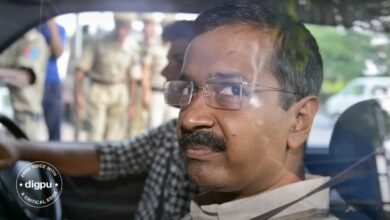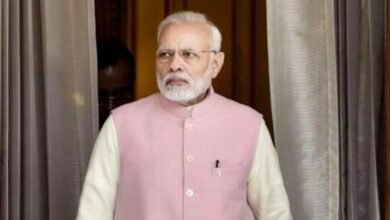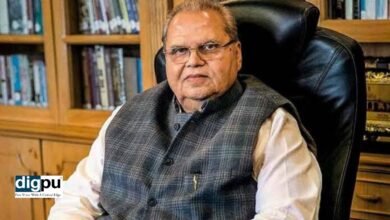Mandir versus Mandal 2.0: Has the Bihar Caste census become the Sword of Damocles for the BJP ahead of the 2024 general elections?
If the OBCs shift their loyalty, BJP's hegemony in India's Hindi belt of Uttar Pradesh, Madhya Pradesh, and Haryana will take a massive hit ahead of the 2024 elections, ending the “Modi wave.”

With the 2024 Lok Sabha elections knocking at the door, Bihar’s Chief Minister Nitish Kumar has played a wild card that could shift the narrative away from the BJP’s garrison. To the horror of some and the pleasure of many, the world’s largest democracy might again get divided over the “Mandir vs. Mandal” politics!
Many eminent political analysts are opining that the “Bihar Jaati Adharit Ganana” (Bihar caste-based survey) might redirect the course of Indian politics back to the decade of the 1980s, leaving little ground for the new-founded wave of Hindutva nationalism to flourish any further.
In 1980, when the Mandal Commission exposed the ground reality by enumerating the OBCs as 52% of the population, the masses understood how the ‘forward castes’ had been disproportionately dominating in education and government jobs. Such discovery immediately abated the BJP’s attempt at Hindu vote consolidation as the narrative shifted from religion to socio-economic issues.
As the last caste census was carried out in 1931, the recent findings become all the more important to gauge India’s social demography and make inclusive policies.
What does the Bihar caste-based survey reveal?
On October 2nd, political enthusiasts across the country were taken aback by the findings of the Nitish Kumar government’s survey results, revealing that out of the 13 crore people living in the state of Bihar, 27% belonged to the Other Backward Class (OBC), and 36% belonged from the Economic Backward Class (EBC), which pushes the tally to a whopping 63%! When compiled with the population of Scheduled Castes (SCs) and Scheduled Tribes (STs), the figure stands at a colossal 84%. The “forward classes” comprise a meagre 15.5% of the total population in Bihar.
Since every other figure revealed in this report is harmonious with the national average, it can be ascertained that the OBC percentage mentioned here will not differ much from that in other Indian states.
How does the INDIA bloc benefit from this?
The OBC has been candid about its discontentment over how the “forward classes” (general caste) have been disproportionately taking away a chunk of the pie through their domination in government jobs and as favourable candidates for election tickets.
The INDIA bloc has been trying to prioritise the term ‘inclusiveness’ to counter BJP’s majoritarian politics. Thus, the “upholding of the backward classes” has been a recurring theme in its conclaves since the inception of the alliance. The Congress, the left front, and the parties like JD(U) and RJD have the upper hand compared to the BJP should the narrative shift away from Hindutva and venture into the domain of “Jitni Aabadi, Utna Haq.”
Hence, members of the INDIA bloc might follow Bihar’s precept and strategise accordingly. When the BJP inaugurates the Ram Mandir politics in 2024, the INDIA bloc may uphold the issues of socio-economic disparity as an alternate narrative.
Why does the BJP need to worry?
It is widely accepted that the BJP cashes more on Hindutva than on any other political narrative. In simpler words, their narrative revolves around “us versus them.” However, Mandal politics divides this “us” segment based on the issues of social and economic inequality, directly opposing the BJP’s core voter base of the “Brahmin-Baniya-Thakur” community.
The most prominent reason for the BJP’s massive electoral sweep in 2014 and 2019 can be accredited to the rise in its OBC vote share. In 2009, the OBC comprised a meagre 22% of the BJP’s vote share, but doubled to 44% in 2019!
Lately, the BJP has been veering away from its OBC voter base after it granted a further 10% reservation to the Economically Weaker Section (EWS) by omitting the SCs, STs, and OBCs. Furthermore, the Modi government did not grant a reservation to the OBC women even in the Women’s Reservation Bill 2023.
If the OBCs shift their loyalty, BJP’s hegemony in India’s Hindi belt of Uttar Pradesh, Madhya Pradesh, and Haryana will take a massive hit ahead of the 2024 elections, ending the “Modi wave.”







